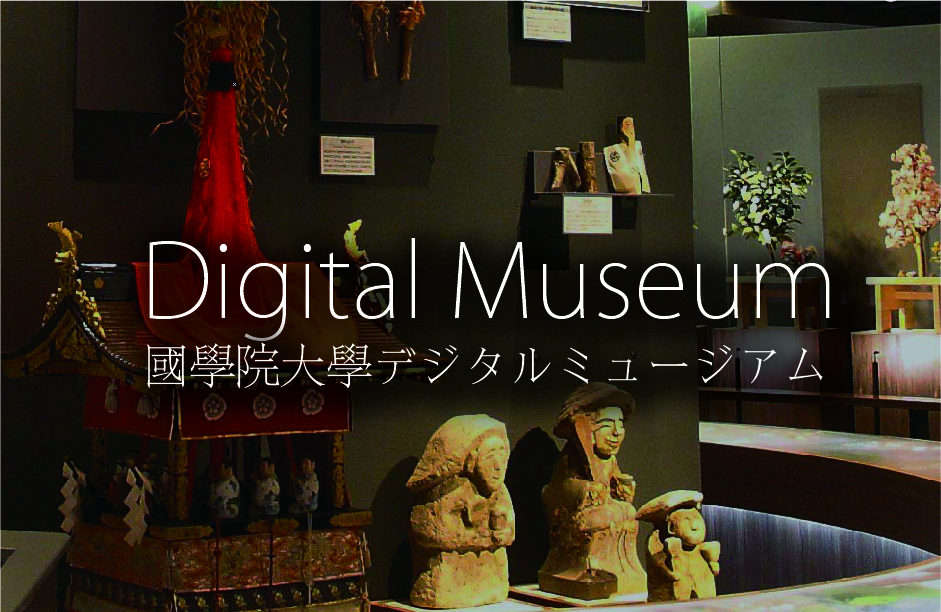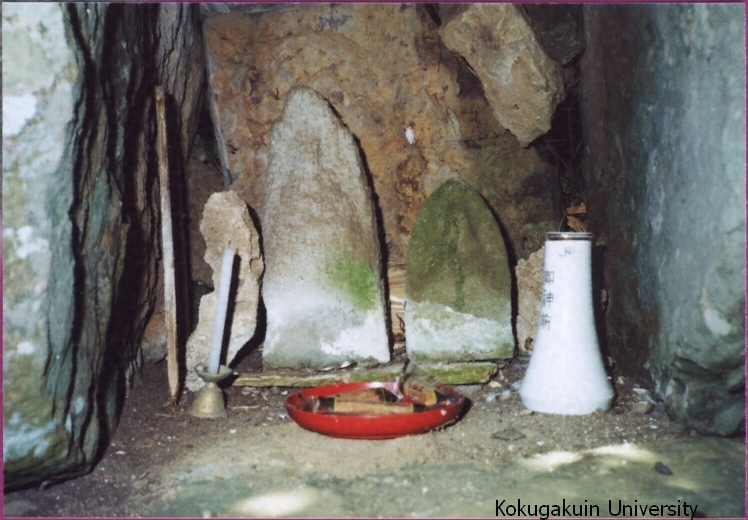- トップ
- Encyclopedia of Shinto
- Hinokami
Encyclopedia of Shinto
| Main Menu: | |
| Links: |
詳細表示 (Complete Article)
| カテゴリー1: | 2. Kami (Deities) |
|---|---|
| カテゴリー2: | Kami in Folk Religion |
| Title | Hinokami |
| Text | [Hi no kami] "Kami of fire," a kami with dominion over the nature and use of fire. According to the Kojiki and Nihongi, the kami called Homusubi or Kagutsuchi was the original kami of fire, and this kami became the object of popular cultic faith as a tutelary of protection from fire. While a necessity of everyday life, fire simultaneously possesses dangerously destructive potential, making it natural for people to invoke the kami of fire to manage and control that destructive power. Residents of early modern Japanese cities were thus avid patrons of the kami Homusubi, the object of worship at shrines such as Akibasan Hongū Akiba Jinja in Shizuoka, and Atago Jinja in Kyoto. Branches to both shrines were dedicated (kanjō) in numerous areas throughout the country as protective tutelaries against the danger of fire, and numerous confraternities (kō) were established as part of the cults of the two shrines. Such confraternities organized pilgrimages to the two shrines and arranged for the distribution of "fire subduing" amulets from the shrines to their members. On the other hand, fire was also indispensable to everyday life as the means of cooking the staple food grains, with the result that cooking ovens and hearth fires took on sacred overtones with central roles in the home. The kami of fire thus came to be viewed not only as the tutelary over fire itself, but also of the foodstuffs cooked by it, and by extension, of the home as a whole, thus taking on features common also to kami of the rice paddy (ta no kami) and kami of the home (ie no kami). Names for the fire kami include kamado no kami (kami of the oven), dokōjin ("Duke Earth," a deity of the earth and fire originating in the Chinese Yin-Yang cult), and Kōjin (also called Sanbō Kōjin). Worship of these kami is normally observed by display of their amulets or offerings (heisoku) on kamidana altars located near the place fire is used in the home, but since it is believed that fire is easily polluted, importance is also given to rites for the purification of the oven itself. The kami Kōjin is believed to be particularly easily provoked and to cause curses when slighted, with the result that numerous taboos (imi) are observed in relation to its treatment, but in return, it is believed to have correspondingly strong power to deliver homes from fire and disaster, making it the object of fervent worship. Cults dedicated to the kami of fire, including those centering on the Akiba and Atago shrines, are believed to have been largely spread by the mountain priests (yamabushi) of the religion of Shugendō. -Suzuki Kentarō |






